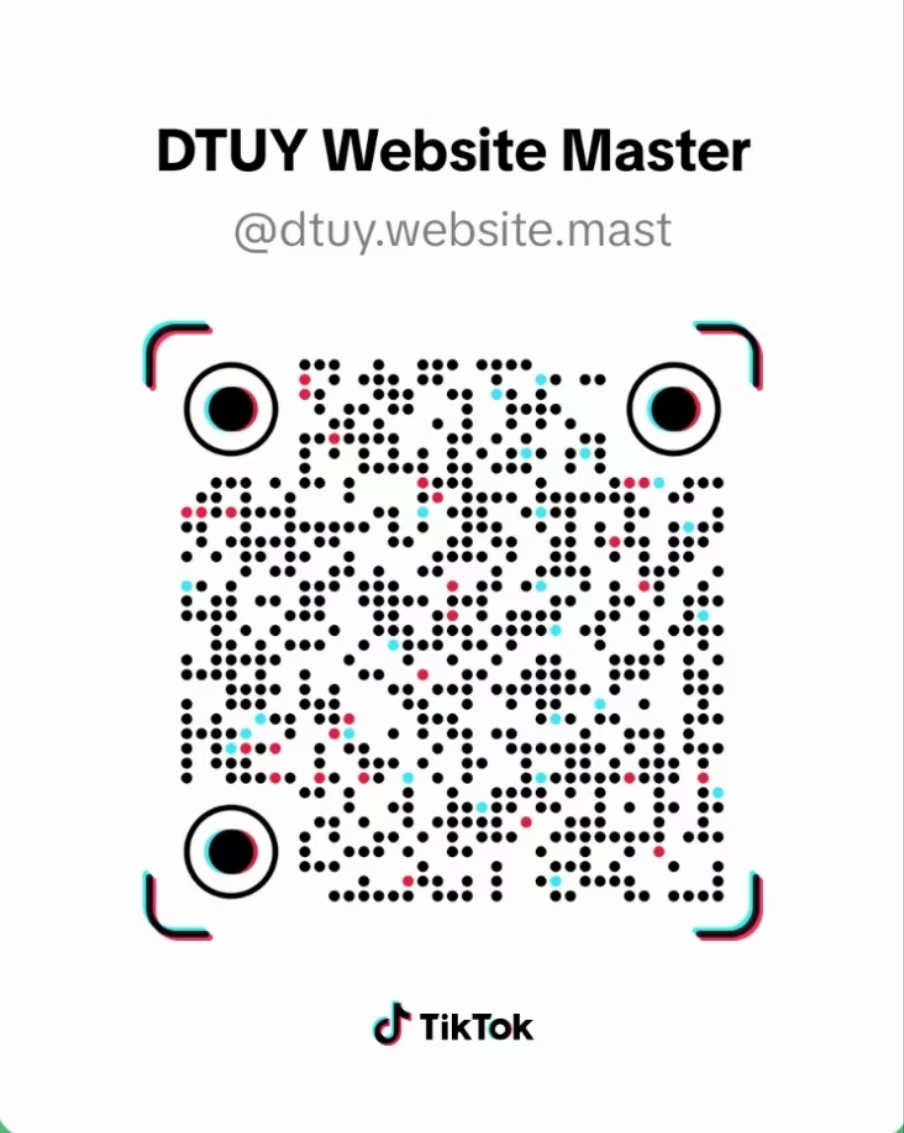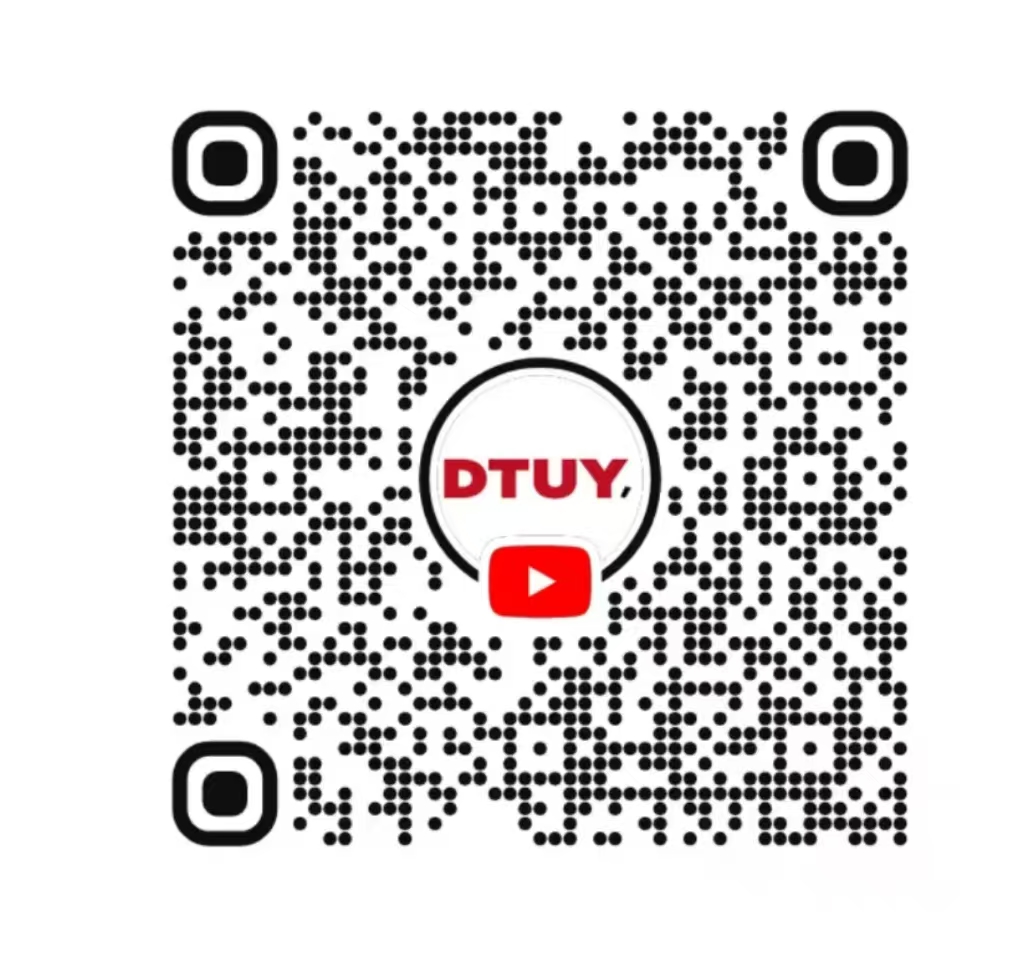The penetration rate of Chinese foreign trade companies' websites has reached 68%, but 43% of the sites have become "zombie websites" due to decision-making mistakes during the construction period. Based on the real cases of hundreds of companies, DTUY dismantled the seven core traps in website design and provided implementable solutions for companies that want to build foreign trade websites.
1. Cost Trap: The Hidden Cost Behind Low Price website design quotation is foggy
Some service providers use low-priced rhetorics such as "29,800 yuan annual promotion / 38,800 website design promotion" to induce contracts, but in fact, there will be a lot of invisible consumption in the future, resulting in a traffic conversion rate below 0.3%. It is recommended that customers choose service providers in the early stage. When making separate quotes for website design and SEO investment flow, clarify the cooperation content of each part.
Out of control of investment
When many service providers make website design quotations for foreign trade companies, their initial quotations are relatively low, but some companies often ignore them, such as server upgrades (15% annual cost increase), SSL certificate renewal, and multi-language maintenance ( Other expenses such as 5,000 yuan per new language) are included. The company needs to clarify the fee list in the contract to avoid low initial expenses and excessively high subsequent maintenance and update costs.

Source: pexels
2. Business Traps: Functional Redundancy and Strategic Out-of-Focus
Pseudo-demand functions are piled up: blindly adding "frontier functions" such as AR trial installation and AI customer service, but ignore the content optimization of the product details page. Data shows that after the construction of foreign trade websites is completed, the website loading speed will drop by 7% for every 1 second delay. It is recommended that enterprises give priority to ensuring core functions, such as online inquiry, transaction communication and other functions.
Template dependency: Many companies use templates to build their websites, but more than 60% of companies do not default on TDK, resulting in insufficient Google inclusion rate. Enterprises need to customize and modify SEO elements such as H1 tags and Alt texts, and search engine optimization such as Google.
If foreign trade website design adopts templates to restrict the implantation of multimedia content, for example, a certain biological reagent company needs to embed 3D molecular structure demonstration animation on the details page, but 70% of SaaS platforms only support basic graphic and text typesetting, so companies are looking for website design services. Businesses need to clarify whether the company can modify the module at any time to avoid affecting the product's listing.
3. Security Trap: Data Sovereignty Transfer and Compliance Risks
Lack of backup and migration capabilities: Most platforms restrict database batch export (such as Shopify only allows partial data to be downloaded in CSV format). Once an enterprise replaces the foreign trade website design system, historical customer behavior data (such as browsing heat maps and email interaction records) will be permanently lost. Therefore, enterprises need to clarify data ownership rights and migration interface opening obligations in the service contract, and regularly perform cross-platform data backup through third-party tools (such as Snowflake).
4. Technical traps: infrastructure defects and maintenance outages
Mobile adaptation failure: Foreign trade websites that do not adopt responsive design have a bounce rate of 41% on mobile phones. It needs to be detected through the Google Mobile-Friendly Test tool to ensure button spacing.
Operation and maintenance capability gap: More than 50% of the foreign trade website design websites are online and no one updates them, resulting in product information lag and dead link rate exceeding 15%.
It is recommended to establish a monthly maintenance mechanism, regularly update the industry/case library, fix 404 error pages, and control picture size, format, etc.
5. Operational Trap: Content Plagiarism and User Experience Divide
Copy copy risk: Companies that directly transfer the descriptions of competitors, Google's ranking is generally lower than the original website's 30 ranks. The copywriting should be reconstructed based on key points such as user pain points and product advantages.
Dynamic line design anti-humanity: In practice, he found that he needed to click more than 3 times to obtain contact with foreign trade website design, and the inquiry churn rate was 67%. In this regard, optimization strategies include: fixed suspended contact buttons, embedded live chat portals on product pages, and setting smart forms, etc., to meet user operating habits, allowing users to quickly retain funds.
6. Legal Trap: Compliance Absence and Copyright Crisis
Intellectual property infringement: For lawsuits caused by the theft of unauthorized pictures and fonts during the construction of foreign trade enterprises' websites, the average compensation for a single case is US$120,000. It is recommended that companies use genuine material libraries such as Shutterstock and Adobe Fonts.
Missing privacy policy: Websites that have not deployed GDPR or CCPA compliance statements have a risk of being blocked in the European and American markets. Essential legal documents in this regard include: privacy policy (including cookie instructions), product return and exchange terms, product export control statement and other documents.
DTUY provides foreign trade website design and marketing services with foreign trade enterprises' customer acquisition marketing system, onion system, customer management system, product system, trading system, etc. as the core. It is guided by business transformation and strives to make every investment of the enterprise. They all point to quantifiable business returns, which truly and effectively bring actual conversions to foreign trade enterprises.




 149
149

















